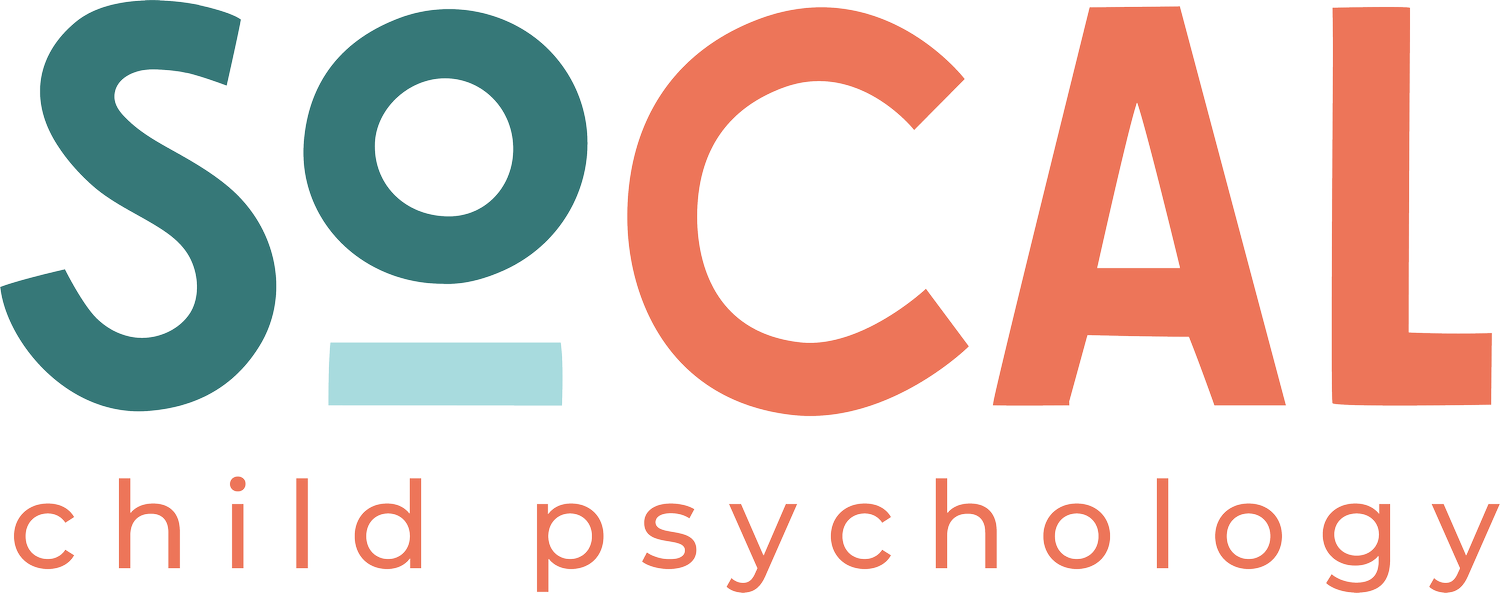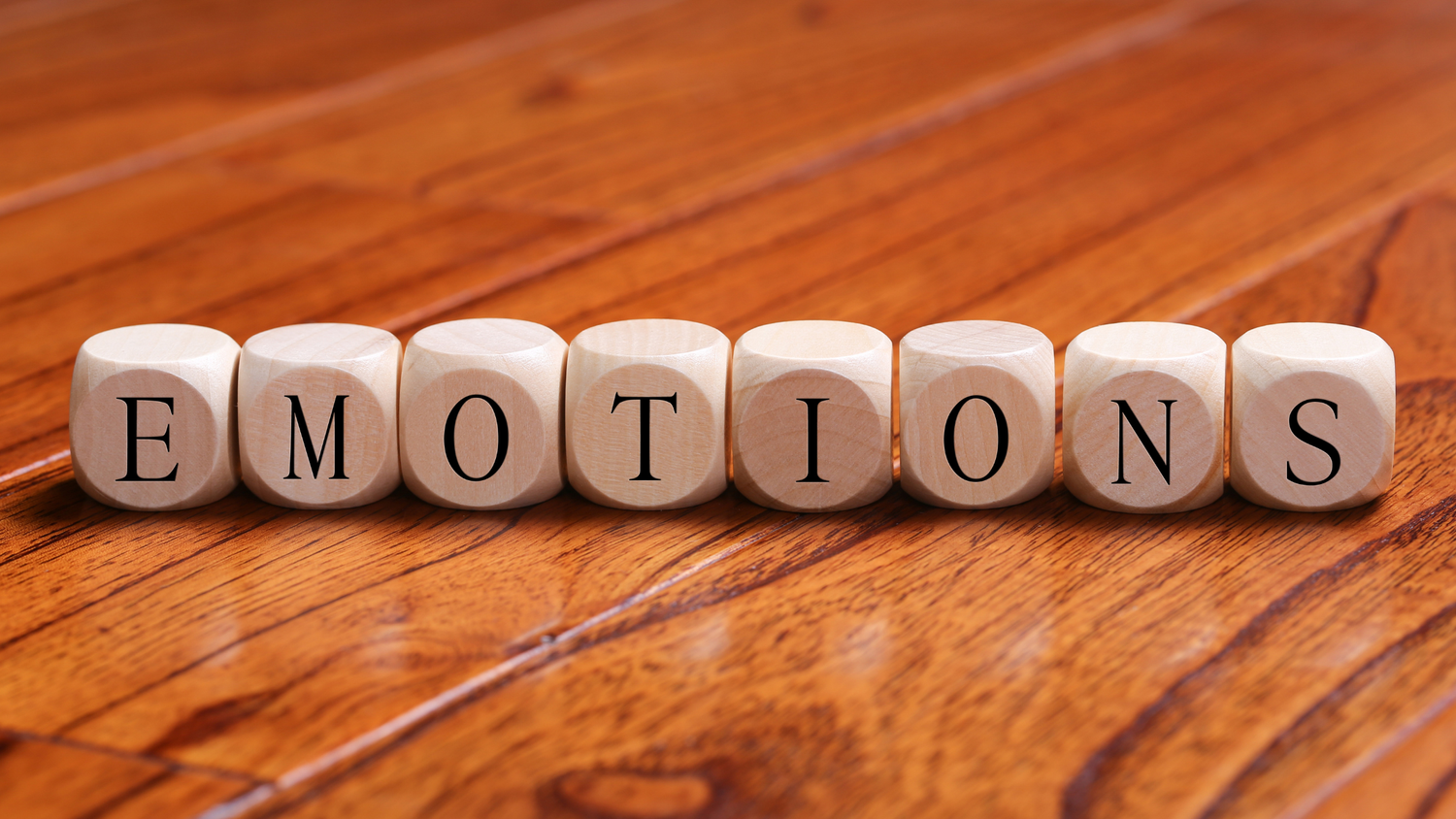Emotion Regulation and ADHD
Emotion regulation challenges are common for kids and teens with ADHD.
Children with ADHD don’t just have trouble managing their emotional reactions, but they also struggle with having more extreme emotions at the moment.
That combined with their difficulties regulating emotions makes it challenging to know how to respond to their emotional regulation challenges.
One of the first steps I help parents with is understanding the cause of their child’s emotion regulation difficulties.
Understanding the Reason Behind the Emotional Challenges
Emotion regulation difficulties can happen for a variety of reasons. It’s important to understand the reasons behind the dysregulation because that will lead to the tools that you use to support your child.
Although there are many reasons why your child may display emotion dysregulation (e.g., you didn’t cut the edges off their sandwich, they weren’t first into the car), most of the situations can be boiled down to general patterns.
1. Setting a limit/telling your child no.
When you have to tell your child no to something, this can commonly lead to children reacting in strong ways.
For example, having to tell them they can’t have any more screen time or that they aren’t allowed to go out again for the night.
2. Underlying food or sleep needs.
Oftentimes, these needs set the stage for emotional reactions.
If a child doesn’t have these basic needs met, it’s going to be harder for them to regulate their emotions.
3. Telling them to do something.
When kids are told to do something that they don’t want to do (e.g., homework, chores), this can also often lead to difficulties where children become upset when told to do something.
4. Anxiety.
Children who are anxious may look particularly emotional, often having tantrums and emotional reactions in response to situations in which they’re anxious.
You may be able to tell this is your child if they are describing worries about a situation.
5. Social situations.
For some children, social situations may be particularly difficult for them due to an underlying condition such as anxiety or Autism Spectrum Disorder.
If this is your child, treatment for their underlying condition may be helpful.
Tools for Managing Your Child’s Emotion Dysregulation
Now that you have a clearer idea of what is causing your child’s emotional dysregulation, you can learn tools that will better support them based on their patterns of emotional dysregulation.
Mightier is one of my favorite tools to help children with ADHD regulate their emotions. (Use code ‘DRCARRIE’ for 10% off)
Mightier turns emotion regulation strategies into a game and is great for kids 6-14 years old who display anger, oppositional behavior, and dysregulation.
The tool works by having kids practice utilizing emotion regulation strategies when they become dysregulated (e.g., their heart rate increases) during a video game.
This has the benefit of teaching kids strategies that help them recognize their cues for dysregulation and then practice at the moment. Even though it’s a video game, its use is linked to changes in real-life situations.
If your child primarily struggles with emotion dysregulation when they are told to do something or when you set a limit with them, one of their biggest challenges may be defiance.
If so, I recommend checking out this free guide which includes more information on what you can do to support your child’s emotion regulation.
If your child struggles with emotion regulation due to anxiety concerns, a therapist that specializes in cognitive behavioral therapy is likely a good fit for them.
As a psychologist in La Jolla, California, I work with kids with emotional dysregulation challenges by helping them learn tools for managing challenging situations.
Some of the strategies I use include helping kids understand the connection between their thoughts, feelings, and actions and approaching situations that may be challenging (e.g., social situations).
I hope these tools are helpful for understanding your child’s emotion dysregulation difficulties. If you would like to get started with therapy, you can reach out to us here.
*Note: This page contains affiliate links where I receive a commission based on purchasing using my code.



